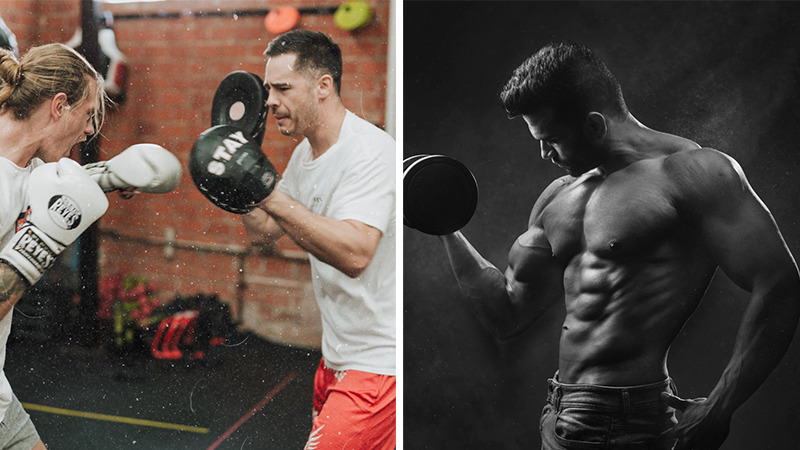
As a reader of SpotMeBro you’re most likely to be a lifter. We’ll also guess that bicep curls and deadlifts are more your bag than half-marathons. Because who’s got time for cardio, right? Won’t it just burn away all your precious gains? It won’t, actually… Not if you do it right.
Does cardio burn muscle?
Despite popular broscience beliefs, cardio does not burn muscle. Not in the sense of a regular run or boxing session anyway. Ultra-marathons and extreme endurance events are in a league of their own.
In fact, your usual cardio comes along with a fistful of pros for lifters. These include;
- Better blood flow
- Increased performance, endurance, and stamina
- Improved insulin sensitivity
Better blood flow
Cardio does this by increasing the number of capillaries you have, meaning your blood flow system becomes more efficient. As a result of these extra tiny blood vessels the likes of oxygen, nutrients, and minerals can travel to target areas more easily.
Plus, cardio can also improve recovery and DOMs by directing blood to specific muscles. Say you’ve just hopped off your last set of squats and now you’re diving into some stretches. It turns out that taking a steady walk on the cross-trainer first might be a better idea.
To power those legs, your heart makes sure to pump oxygen rich blood to your legs. This nutrient dense blood can then set to work treating the damaged muscle. Result – less DOMs.
Increased performance
Then, you have the deal with increased performance. Cardiovascular training enhances how efficiently you can handle endurance activities and boosts your stamina. As your aerobic and anaerobic base grows, so does the workload you can muster.
So, when you need to rep out those long and deep, cutting sets you can handle it. Without this base of fitness built with cardio, fifteen reps quickly become too much of a burn. The same can be said for more anaerobic athletes who need to recover between bouts of exertion – such as boxers, football players, or CrossFit fanatics.
Lower insulin sensitivity
A little bit of regular cardio has also been shown to improve blood sugar. Recent research says physical activity, cardio included, can help reduce the risk of insulin resistance, alongside metabolic syndrome and type two diabetes.
What does that mean for your muscle? Well, the main benefit here is improvements in insulin sensitivity allows your body to process carbs better.
Plus, increased insulin sensitivity will help your muscles absorb nutrients much more easily. You can translate these improvements in overall growth, recovery, and performance.
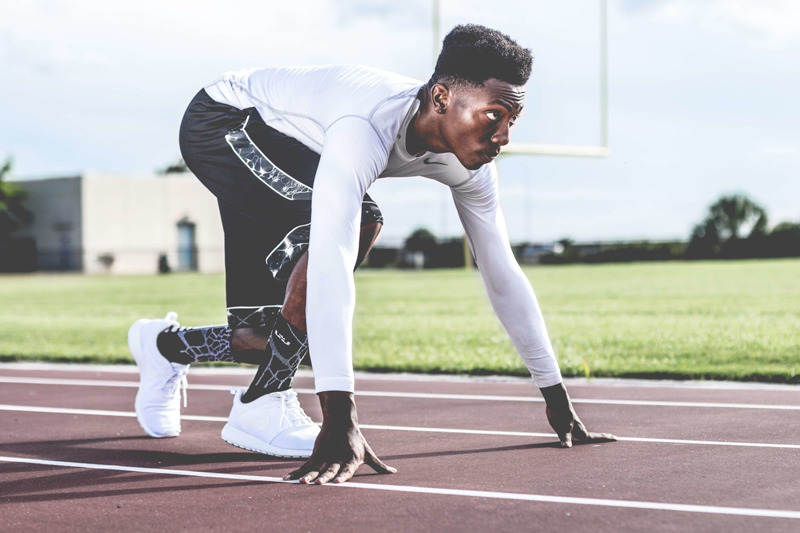 Can cardio build muscle?
Can cardio build muscle?
Despite what the current dogma will tell you building muscle with cardio is legitimate. Yes, you can do it and there are studies out there to prove it.
One such study was published in a 2014 issue of Exercise Sports Science Review. Within it, Konopka et al states that; “We and others have demonstrated that aerobic exercise acutely and chronically alters protein metabolism and induces skeletal muscle hypertrophy.” [3]
Or to put it simply, cardio cranked up those size gains.
The researchers also said that for aerobic exercise to be effective for building muscle you’ll need to hit a required effort. Their magic number for growth seems to be between 70-80% HRR, which you could see as high intensity.
Things get a little more obvious when you think about high-intensity and hypertrophy. Just look at the legs of a sprinter… They’re jacked!
Cardio can enhance muscle building
Other research from Mid Sweden University says striding out to the track might enhance your size gains too. In their study, ten men aged 25-30 took on a five-week training protocol.
To understand how cardio effected muscle growth, they performed 45-minutes of cycling with one leg before hitting seven reps of knee extensions. However, with the other leg, it was strictly knee extensions only… no cycling.
The research team then took an MRI scan of each leg after the five-week plan. Their results showed that both legs saw increases in size gains, yet, the cycling side increased in volume by 14 and 17%. Alternatively, the non-cycling leg only grew by 8% to 9% [4].
[infobox]What was the official statement? “The results suggest that the increased aerobic capacity shown with AE+RE was accompanied by a more robust increase in muscle size compared with RE.” With RE meaning resistance exercise, that translates as better gains.[/infobox][Related Article: How to Get Jacked Naturally in 5 Basic Steps]
Can you do too much cardio?
Before you go and tank it on the treadmill for three hours straight, we need to backtrack. You can actually do too much cardio.
The other thing is it’s very easy to do too…
Look at running – something every average Joe does to burn fat.
The perception to most people is that the more you do the better. Cue a nice and stringy, skinny-fat frame that’s far from the chiseled physiques plastered on Instagram.
So, what do these guys do? They either keep running further every session or retire early to a life of chicken wings and regret. Oh, and most likely an overuse injury too.
One study into the body composition of ultra-marathon runners after a race confirmed this…
Impact of endurance races on muscle mass
As part of the test, scientists examined MRI scans measuring the fat and muscle mass of athletes participating in the 2009 Transeurope Footrace. Now, it doesn’t sound like a big deal until you realize these runners traversed a grand total of 4486 km over 64 stages.
By the end of the race the athletes lose 50% of visceral body fat on average. But on top of that, they’d also diminished the lean mass on their legs by 7% [2].
RSI and Injury
Another muscle-wrecking-risk that accompanies cardio is extra injuries. These are usually in the form of RSI (repetitive strain injury), which occurs commonly in joints that experience excessive repetitive movement.
Imagine your knees while cycling. Although cycling is a mainly contractual endeavor, which can build muscle, it’s very repetitive. The constant cadence and return to tonic of pedaling can happen thousands of time in one cycle.
After time, the joints, tendons, and ligaments can become inflamed. As a result, you’ll be forced to use this joint less and less in the weight room. Further down the line you might experience muscle wastage in the area due to inactivity. It’s simple, use it or lose it.
Cardio and overtraining
Okay, so maybe you’re not planning an insane endurance race anytime soon. But there are chances, like us, you like to go hard in the iron house. Add badly planned cardio into the equation, and it’s a fast track to overtraining.
Throwing too much cardio into the mix means your body is in a constant fight to recover. Just when it gets close to coming full circle, it’s back in the race trying to catch up to todays run.
Overtraining can severely sabotage your gains. Signs of overtraining should be spotted early as constant fatigue, loss of strength, sleeplessness, mood swings, or loss of muscle mass.
[infobox]Another telltale sign of overtraining is tanked testosterone. If your vigor and libido isn’t what it used to be, there’s a chance you’re overdoing it. Take a step back, enjoy a week off, and re-evaluate your program.[/infobox][Related article: Overreaching and Overtraining: The Difference]
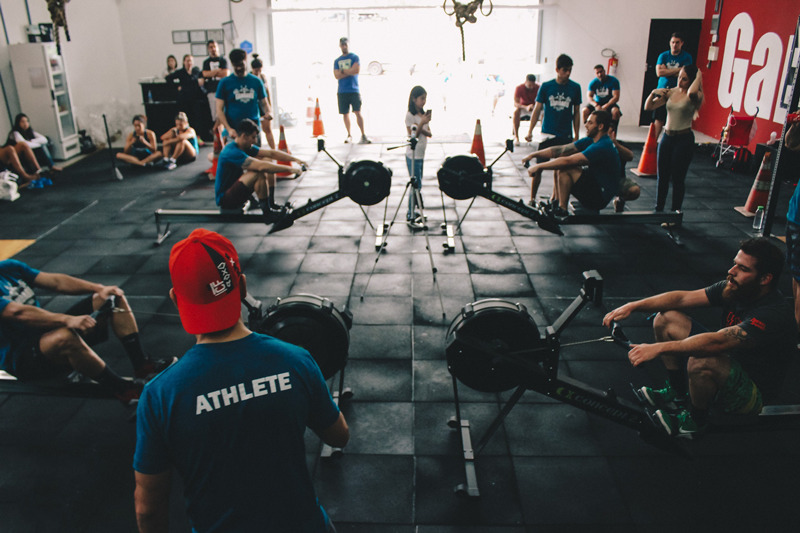 How much cardio can you do without risking your gains?
How much cardio can you do without risking your gains?
Sorry if that last section shocked you into burning every last sneaker in the house. That wasn’t the intention at all.
The truth of the matter is cardio can be extremely beneficial to both you and your gains. You’ve just got to approach it in a smart and efficient manner.
Keeping your cardio down to two or three sessions per week can keep you in peak condition. Then, hopping between sessions that are 20-40 minutes in length is more than enough too.
One smart way of dealing with this is seeing cardio as something new – conditioning. Cardio is the aspect you’re trying to improve, whereas conditioning is what you’re doing.
This makes it easier to program and plan your workouts. One day can concentrate on building anaerobic cardiovascular fitness with sprints. Another, your aerobic cardiovascular base with a longer row or walking.
Try to set different days for strength and cardio
It’s also an intelligent move to set your cardio days apart from strength sessions. For some reason most gym goers like to hit the air-dyne bike either before or after their weight’s session.
This type of concurrent training isn’t always constructive and should only really be done by weight-cutting athletes for short periods. It runs the risk of chronic interference when the body becomes overloaded by the needs of both resistance training and cardio.
[infobox]What happens? You hit your upper limit and fail to adapt to the demands of either. Your body might not be able to keep up with that you’re asking of it, and you might even reverse your precious gains.[/infobox]Hello overtraining, we were expecting you…
[Related article: Overtraining and Testosterone Levels]
Conclusion – does cardio burn muscle?
Ask a lot of guys in the gym if cardio burns muscle and they’ll say yes. We’re all usually split into two camps between the barbell brigade and cardio crusade. One is stereotypically yoked, the other supposedly weak and stringy.
But, why can’t we just do both if it helps? Science says it’s possible, so why shouldn’t we embrace it? Apparently, adopting a sensible amount of cardio is good for your gains.
Everything points to the right kind of cardio in moderation. Slogging away for hours at a time will definitely have a negative impact on your physique. The research is out there on this one, which is why we don’t advocate it.
You should, however, get your sprint game on. Short bursts of high-intensity cardio a few times a week has proven benefits beyond just muscle. The fact it can increase your testosterone, which is essential for getting jacked should be enough.
More muscle focused material you might like:
- How to Stay Shredded All Year Around – Even When Bulking
- SpotMeBro’s Complete Guide to Muscle Building Program
- 5 of Bodybuilding’s Biggest Myths Debunked
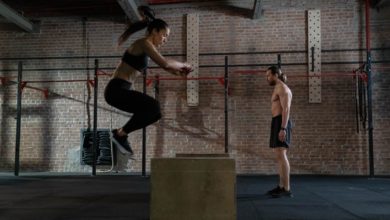


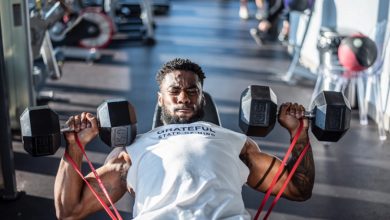


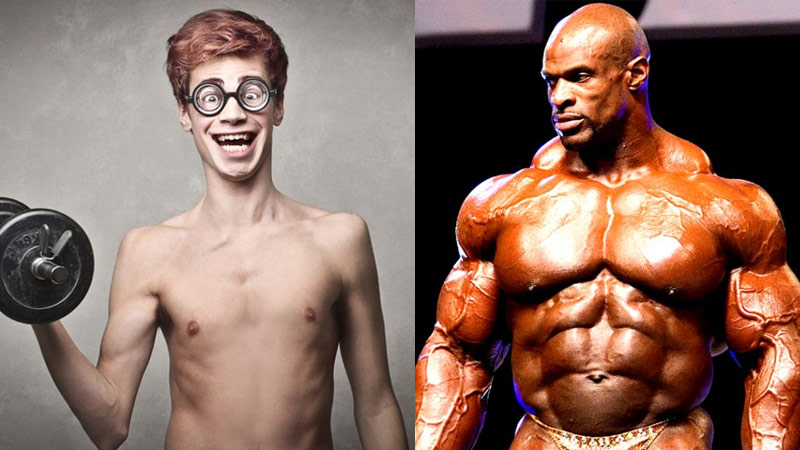
Hey, I love your content and would love to connect.
Great points & helpful article. Its really help us!